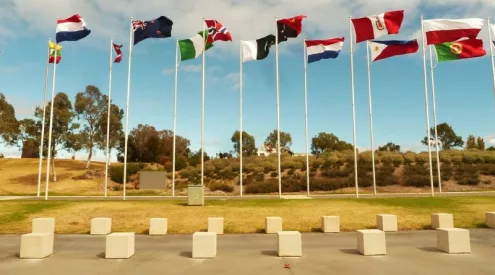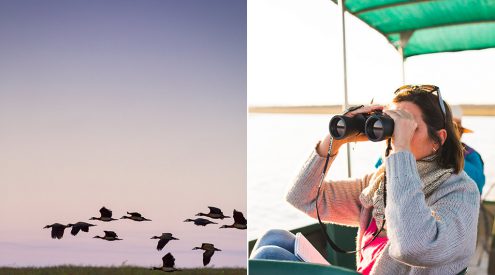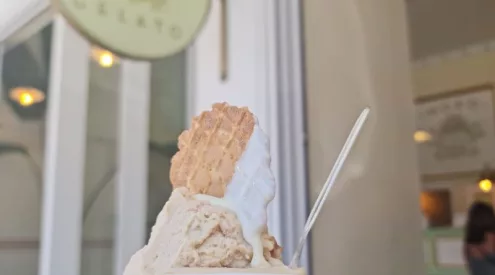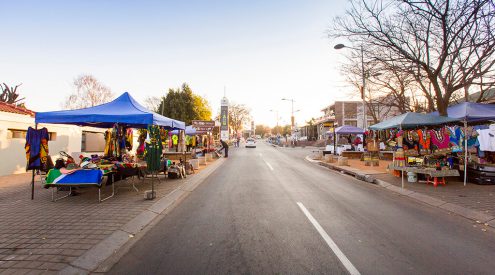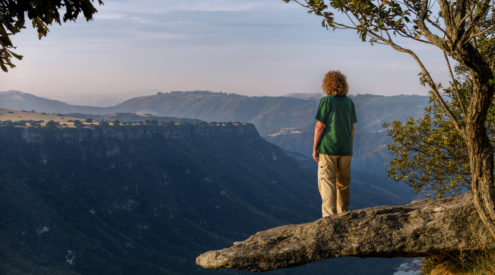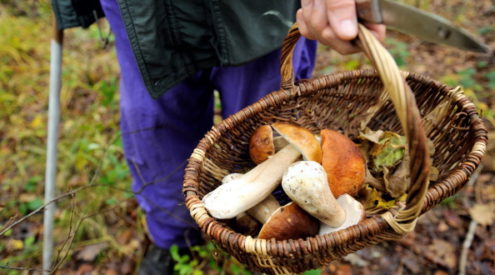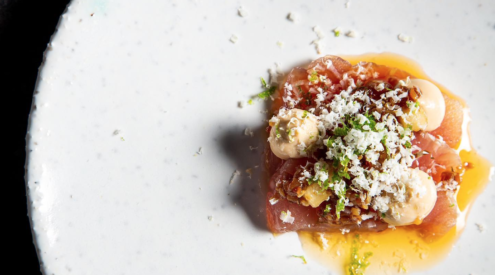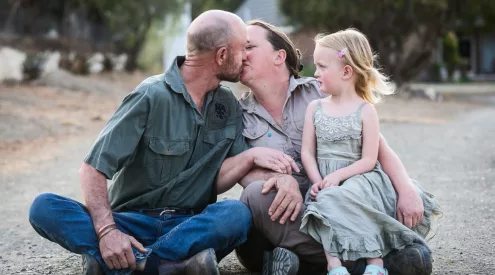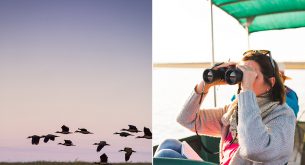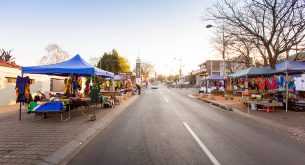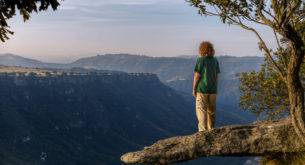We left the fantastic Lagoon House around 9am with Jan growing increasingly impatient with the time it was taking me to get myself together, and threatening imminent departure if I didn’t get a move on. I just about made it inside the two minutes grace I was generously offered, and we left in the bright morning sunshine for Grabouw, there to pick up some famous Grabouw Boerewors for the day’s braai.
The plan had been to spend the penultimate day of the Braai4Heritage tour in Hermanus, starting the day early with a crack-of-dawn snoek-boat run, but while the weather was bright first thing, it was forecast to change rapidly. With five to six metre swells and driving rain by mid-morning, the boat trip was no longer sounding that much fun.
By the time we picked up the boerie in Grabouw it was bucketing down and to be honest I didn’t bother getting out of the bakkie. We pushed on to Gordon’s bay through the fog and rain, past jack-knifes and roadblocks and all manner of lunatic driving and arrived at the Yacht Club just after lunch. We were fed up with the weather, but man cannot live on weather alone. Red meat was calling us.
Gordon’s Bay is named after the late 18th century Dutch commander of the Cape, Colonel Robert Jacob Gordon. A renowned explorer, Col. Gordon was also one of the first Europeans to scout the Orange River, which he dutifully named, not for the colour of its water, but for his liege, William of Orange in the Netherlands. In the service of the Dutch East India Company, Gordon commanded the Cape garrison for 15 years from 1780 to 1795, went on more expeditions through southern Africa than any other 18th century explorer and is said to have spoken 5 languages fluently: San, Xhosa and French as well his native English and Dutch.
In 1789, during his service in the Cape, Gordon received delivery of six Merino sheep from William of Orange. Merino sheep were, at the time, extremely rare and valuable livestock and these two rams and four ewes were the first ever Merinos to be exported from Europe. Although the reasons for their unprecedented journey to the southern hemisphere are unclear, it appears that the sheep had been a gift to William from the King of Spain and were not doing well in the cold climate of the Netherlands. Someone it seems, suggested they might do well in the Cape and sent them on the long journey south.
When they arrived, Colonel Gordon, no doubt feeling pretty pleased with his luck, placed them on a company farm near Darling where they thrived. When, a year or two later, a message arrived from Europe that the Merinos had been sent in error and should be immediately returned, Gordon was able to send back the original six, but kept their offspring, retaining a small, breedable flock which became the basis for all Merino wool farming in South Africa.
To celebrate all of this we braaied some lamb chops. They were delicious and an excellent accompaniment to our equally good Grabouw wors. I also had a wool jersey on if that counts, but I suspect the wool all comes from China or some such place these days, so probably not.
In any case it was off to our own beds that night and a welcome change it was. Our final day on Robben Island (and our eighth South African World Heritage Site braai) was looking great for the following day.

